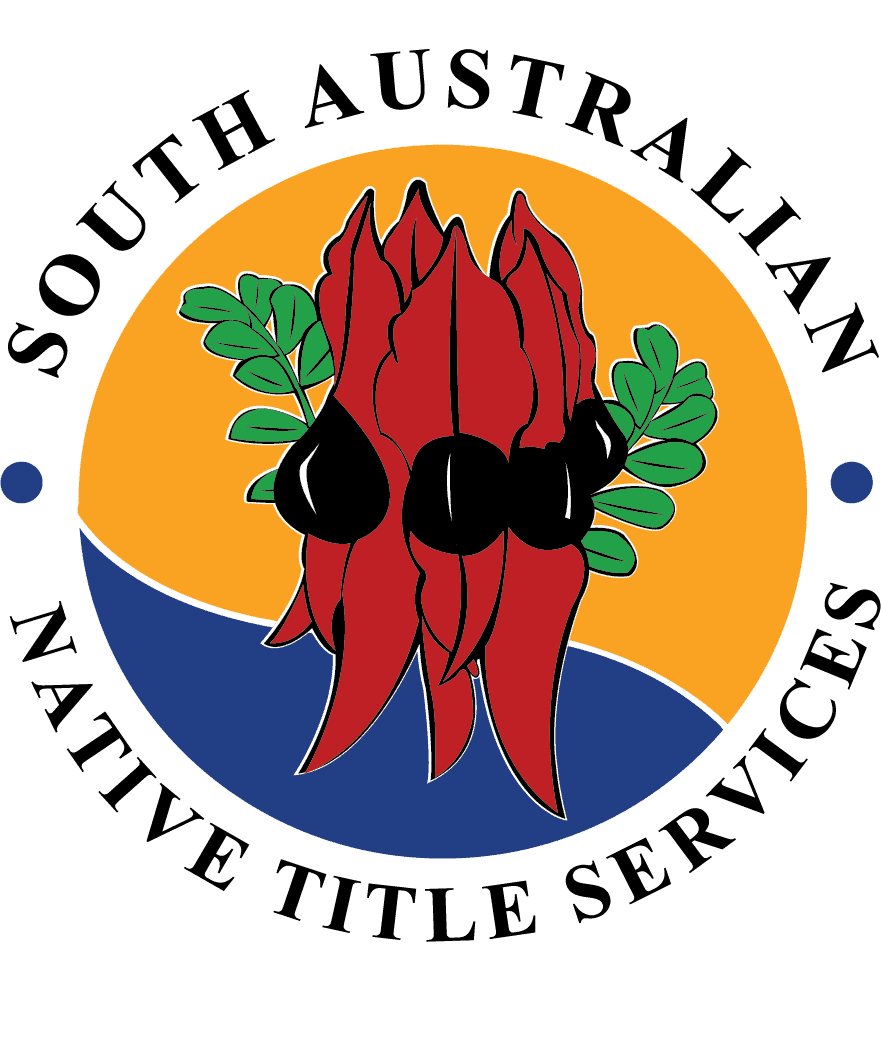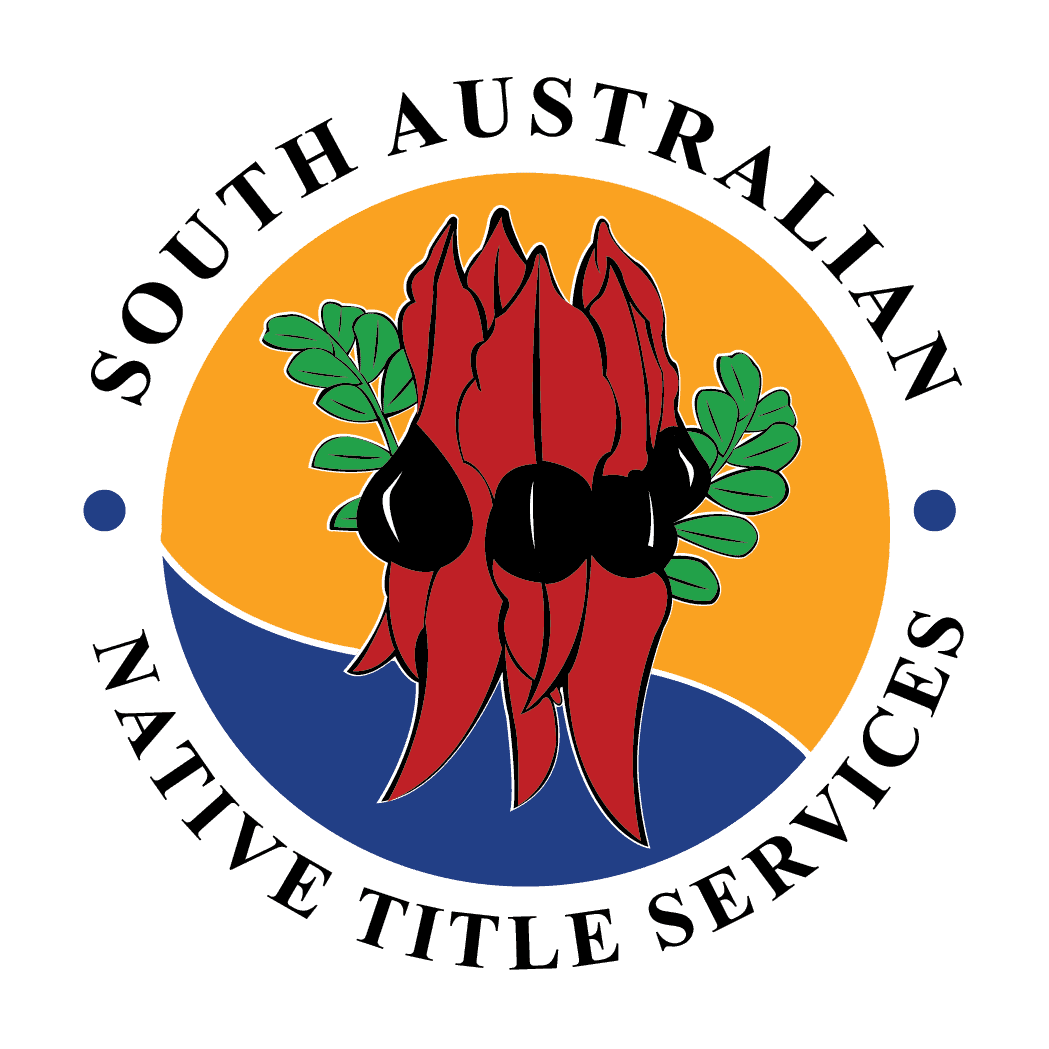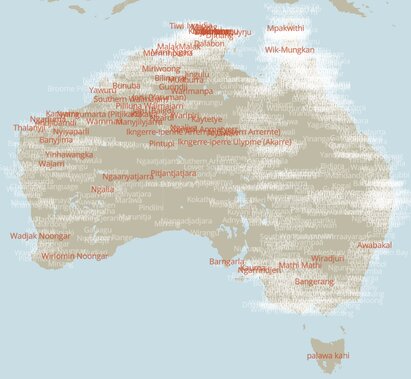If you want to learn how to say a word in another language, where do you go first to find it? Probably in this day and age, the internet?
What about if you’re trying to learn words in Indigenous languages from across Australia? Or you’re trying to find words from your family’s background? You might know if you’ve tried that it can be difficult to find the resources to do this.
That’s why the Research Unit for Indigenous Language at the University of Melbourne came up with the 50 Words Project, an online resource providing 50 words in as many Indigenous languages in Australia as possible. Seeing as though there are between 800 and 900 Indigenous languages across the country, this no small task.
One year in, the project has collected the 50 words in 64 languages with more in the works, but the team are always looking for more as they see this as an important resource tool.
“Language is a very central part of people’s connection to their heritage, their ancestors, their country, who they are, where they’re from; it’s very emotional and important for people to have a connection with their language,” said Professor Rachel Nordlinger from the Research Unit for Indigenous Language at the University of Melbourne, who’s behind the project.
“It’s great to be able to showcase these languages and try to dispel some myths that I think are still floating around in the broader Australian community, where people don’t fully appreciate the incredible diversity and complexity of Indigenous languages. I don’t think we fully appreciate them in Australia in the way that we should.”
The language groups of Australia are represented on an interactive map of the country online, so that users can easily find the language group or area they are looking for, and ensure they are associating the words listed with the correct group and location. Users can simply click on the name of a group and the 50 words will appear alongside on the page in that language.
The words are listed in written form with an audio recording by a language speaker, with community permission for their use from the groups who supplied them.
“A crucial aspect of our project is that all of the language information available on our website is information that’s been provided by the relevant community members with permissions for it to be made public. So people can enjoy the website; school groups can use it, organisations can use it in different ways, and they can feel confident that they have the permissions of the community to do so, because that’s how the information has been provided,” said Professor Nordlinger.
This map could be a useful resource for Aboriginal people to reconnect with their heritage by relearning or reviving traditional languages they might not be fluent in anymore; for schools or educational organisations to learn 50 words in their local language, or for anyone in the general public to discover and appreciate the diversity of First Nations’ languages around the country.
Go to www.50words.online to use it. You can even contribute recordings for languages that are not yet included there.
The Research Unit for Indigenous Language has also put together a set of learning activities designed to accompany the map, which you can find at https://arts.unimelb.edu.au/research-unit-for-indigenous-language/research/current-research-projects/50-words-project.



 Protected by Patchstack
Protected by Patchstack